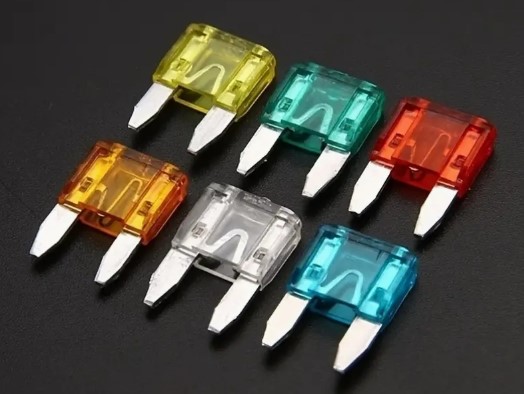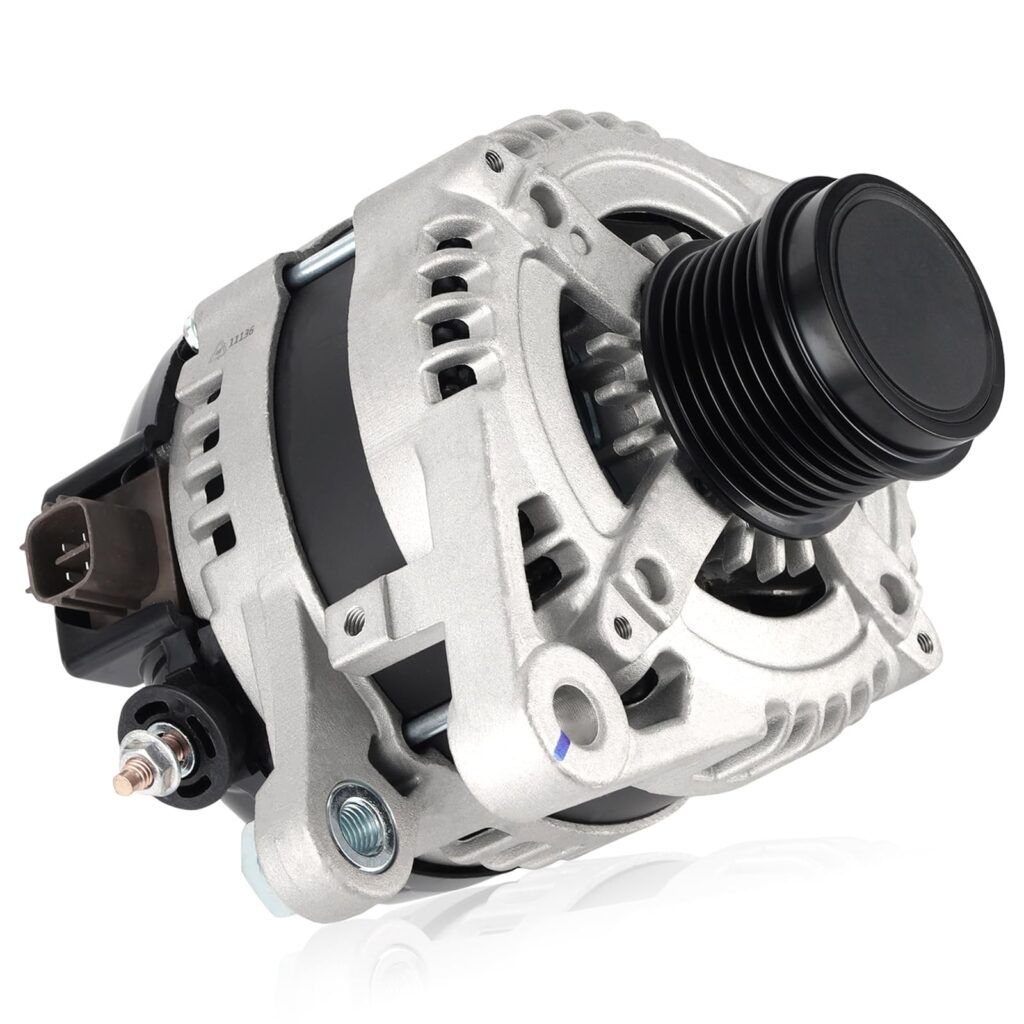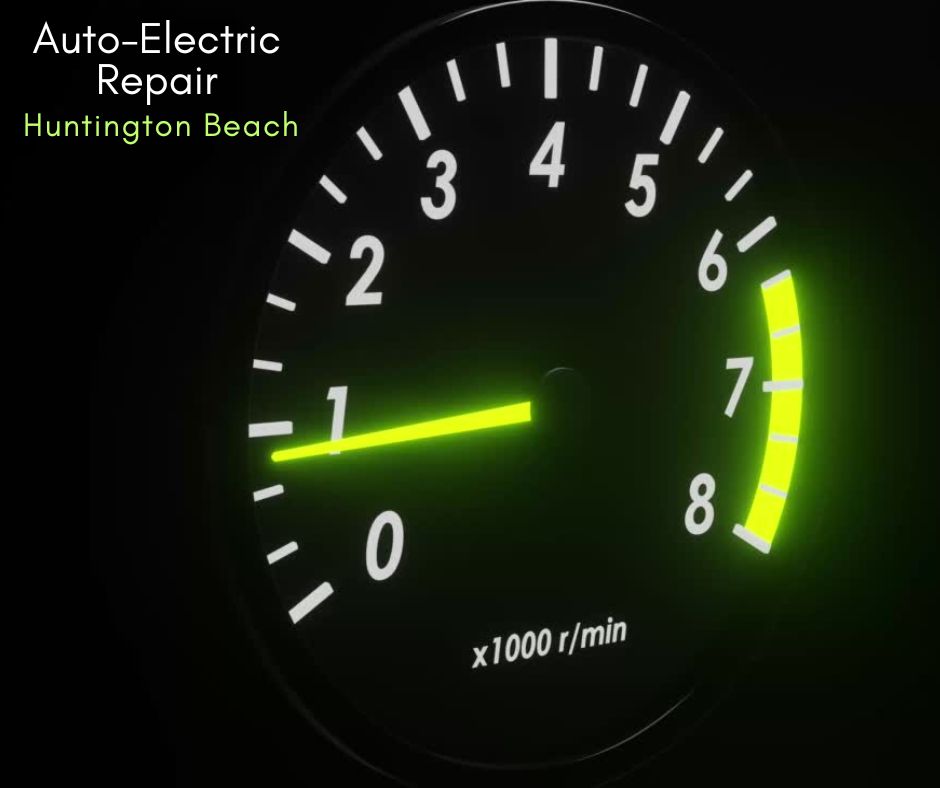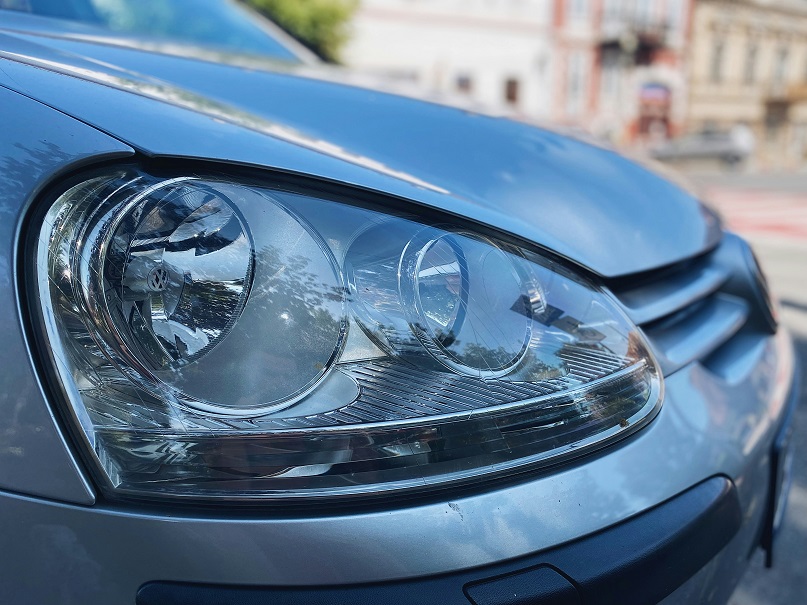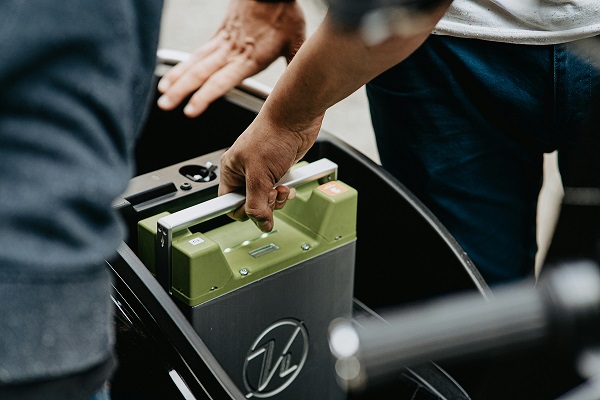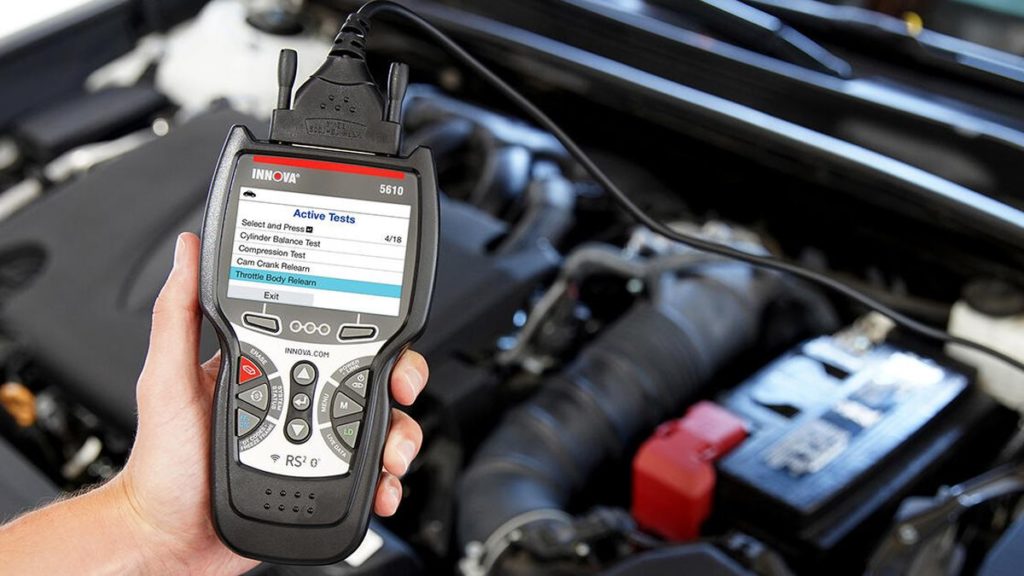Auto Electrical Repairs
Fuse Box Shorted Out or Open Circuit
SHARE
The Dreaded Fuse Box: Dealing with Shorts and Open Circuits in Your Car
As a car owner, few things are more frustrating than dealing with electrical issues. One of the most common problems you may encounter is a shorted out or open circuit in your vehicle’s fuse box. This can lead to all sorts of electrical gremlins, from flickering lights to complete power failure. But don’t worry – with a little know-how, you can diagnose and fix these pesky problems.
Let’s start with the basics. Your car’s fuse box is the central hub for its electrical system. It contains a series of fuses that protect the various circuits and components in your vehicle from power surges or short circuits. When one of these fuses “blows” due to an overload, it breaks the circuit and cuts off power to that part of the system. This is a safety mechanism to prevent more serious damage.
A shorted out fuse box occurs when there is a direct connection between a “hot” wire (carrying current) and a ground. This creates a low-resistance path for the electricity, causing the fuse to rapidly overheat and fail. Potential causes include chafed or damaged wiring, a faulty component drawing too much current, or even rodent damage. The result is often multiple blown fuses and a car that suddenly loses power to critical systems.
An open circuit, on the other hand, is when a wire or connection is broken, interrupting the flow of electricity. This can happen due to a loose terminal, corrosion, or a break in the wiring. With an open circuit, you may experience flickering lights, intermittent failures, or a complete lack of power to certain accessories.
So how do you diagnose and fix a shorted out or open circuit in your fuse box? The first step is to visually inspect the fuse box for any obvious signs of damage. Look for melted, discolored, or loose fuses. Also check the wiring for any fraying, cuts, or rodent damage. If you find a blown fuse, replace it with one of the same amperage rating.
If the problem persists, you’ll need to do some more in-depth troubleshooting. Use a multimeter to test the voltage and continuity of the circuits. This will help you isolate where the short or open is occurring. You may need to trace the wiring, component by component, to find the culprit.
In the case of a short, you’ll need to identify and repair the damaged wiring or faulty component. This could involve splicing in new wire, replacing a relay or module, or even rerouting the wiring to avoid future issues. Be sure to use heat-shrink tubing and proper crimping techniques to ensure a secure, long-lasting repair.
For an open circuit, the solution is often simpler – you just need to find and fix the broken connection. This may involve tightening a loose terminal, cleaning corrosion, or replacing a section of damaged wire.
Dealing with electrical gremlins in your car’s fuse box can be a real headache, but it’s a necessary evil of modern vehicle ownership. By understanding the basics of how the system works and following a methodical troubleshooting process, you can get your car’s power restored and back on the road in no time. Just remember to always work safely, use the proper tools and equipment, and consult a professional if you’re ever unsure.
